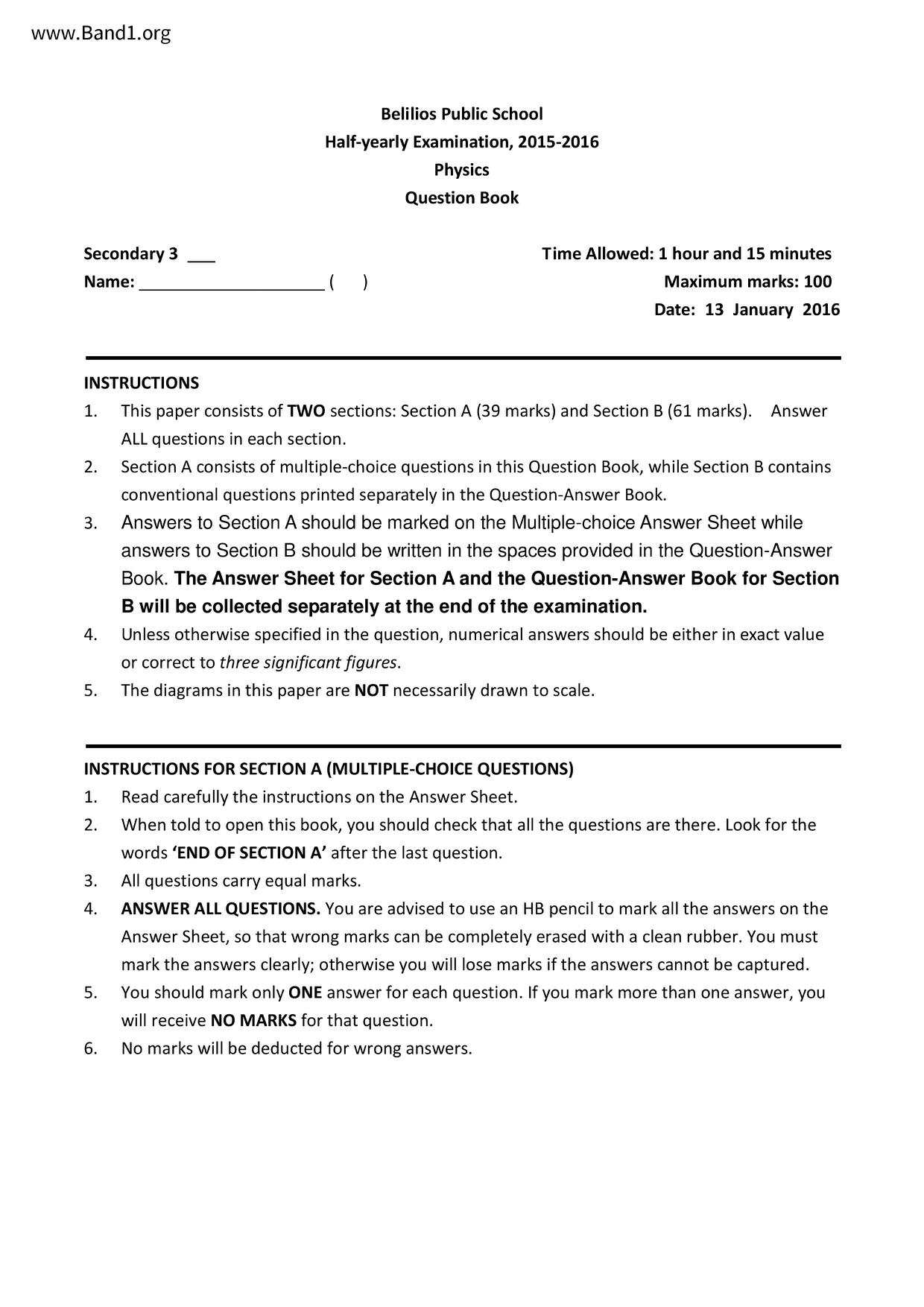香港中三物理試卷
編號:
6652
地區:
香港 (HK)
學校:
庇理羅士女子中學
(BELILIOS PUBLIC SCHOOL)
年級:
中三 (F3)
科目:
物理 (Physics)
年份:
2015-2016
卷種:
考試
檔案格式:
pdf
頁數:
22
檔名:
F3 phy 1516_SectionA_B_ANS_HY_Exam
▼ 圖片只作預覽, 如欲下載整份卷, 請按「免費成為會員」 ▼
庇理羅士女子中學 (名校卷)
 ▲ 圖片只作預覽, 如欲下載整份卷, 請按「免費成為會員」 ▲
▲ 圖片只作預覽, 如欲下載整份卷, 請按「免費成為會員」 ▲香港中三物理試卷 PDF
下載試卷只限會員尊享